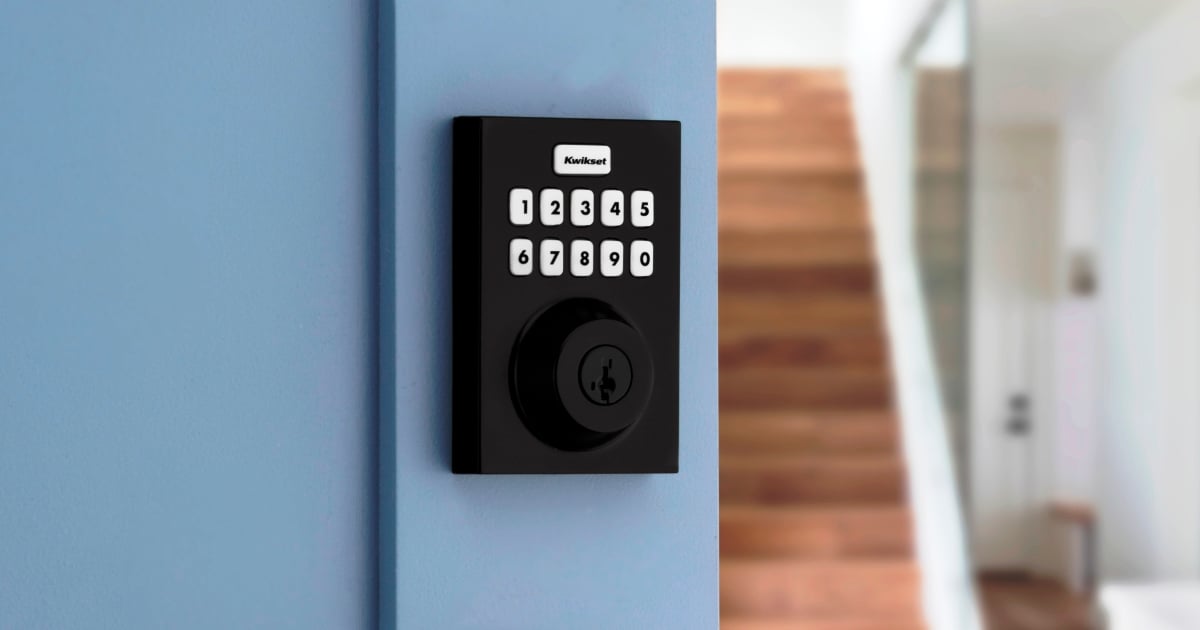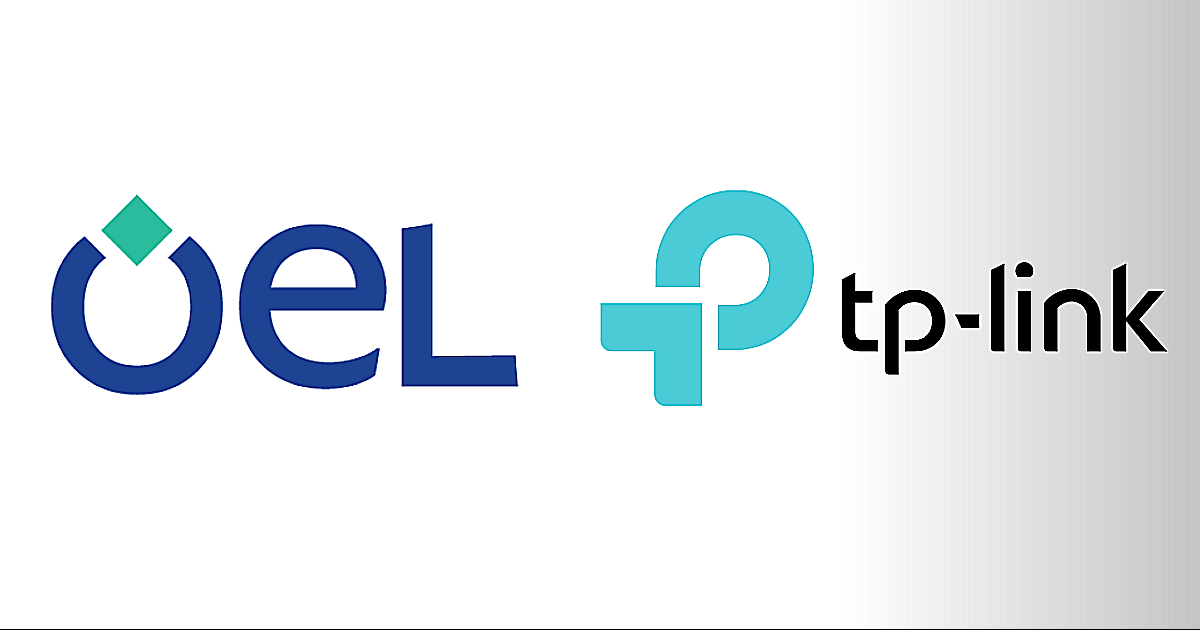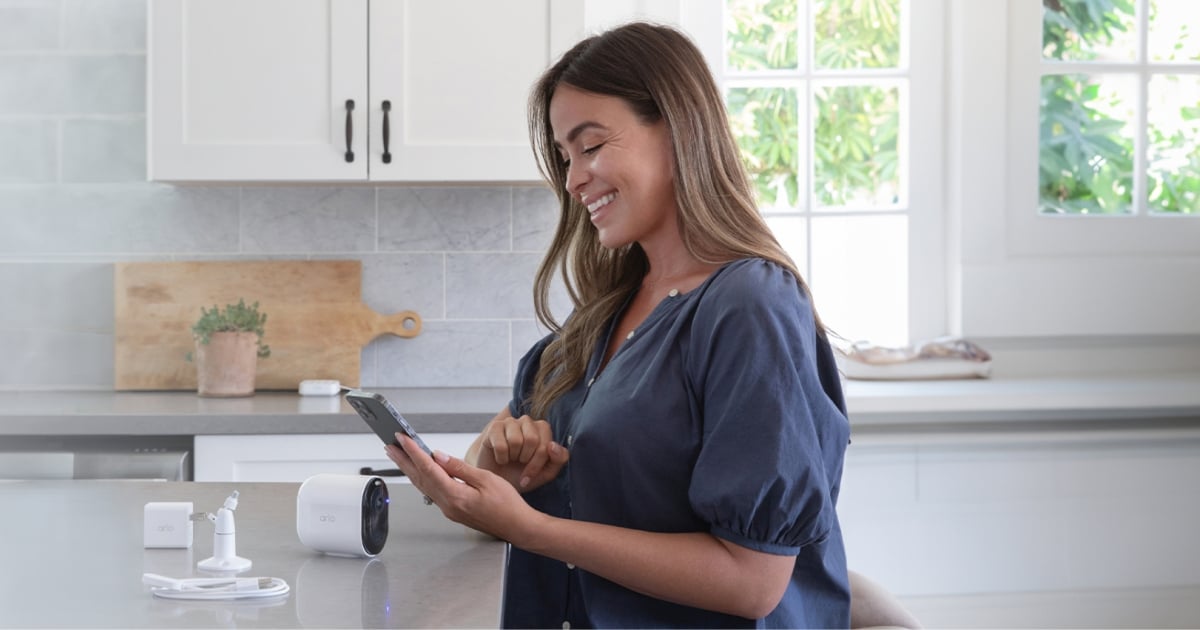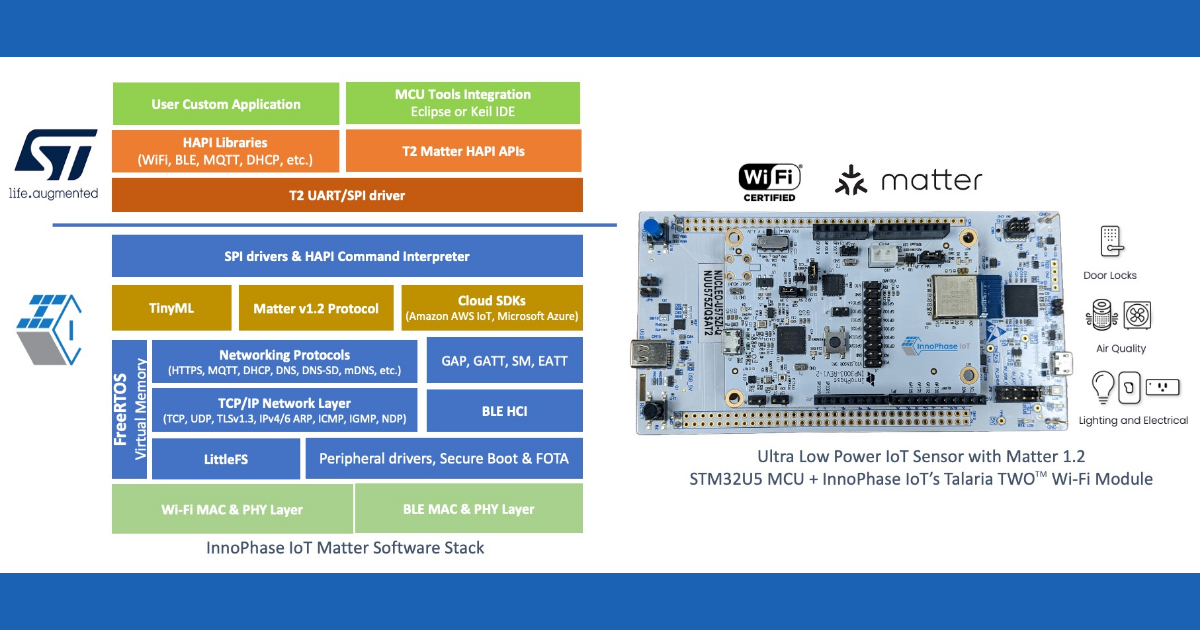Smart Home has become one of the hottest technology areas in recent months. A huge number of smart home products have come to market, and a growing percentage of American families have one or more smart home products in their homes.
The first generation of Smart Home products have taken the form of connected thermostats, switches, plugs, appliances, cameras and more, all of which are enhanced by IoT connectivity. This connectivity enables homes to be controlled through people’s smartphones and other mobile devices. This means air conditioning can be turned on a few minutes before people get home, ovens can be started, lights adjusted and much more.
A second generation of Smart Home products is emerging in the form of sensors that detect when basements flood, pipes drip, pots burn, appliances finish their tasks, etc., and notify people via smartphones or mobile devices. Essentially, instead of people controlling their home, the home communicates with the people. With this second generation, people can receive notifications when critical things happen in their houses, and can then take action remotely.
Many of today’s smart homes are “smart” in the sense of being connected, but are not taking actions automatically or intelligently. Today’s connected home devices and sensors are very valuable, but the work is still being done primarily by the homeowners. The missing element is the ability for a system to calculate a person’s location, and what features of the home can be adjusted accordingly.
This requires the ability to measure the locations of people as they walk around the house, where GPS does not work. Grizzly Analytics identified 2015 as the year that ?indoor location technologies will mature into serious solutions. However, most of the indoor location technologies on the market, including WiFi and Bluetooth-based systems, are only accurate to within four or five meters. In addition, many indoor location technologies take up to 20 seconds to detect and confirm the location of a person that arrived in a new place.
These limitations drastically limit the ability to support Smart Home features, since it’s likely that the system would mistake which room people are in and not react to their presence until it is too late to be useful. For Smart Home systems to react automatically to people moving around the home, they need to track locations accurately enough to detect not only which room someone is in but which picture or appliance they’re standing near, and quickly enough to know a person’s new location as soon as they arrive.
Newer technologies, such as Ultrawideband (UWB) radio, are bringing much more accurate and fast indoor location positioning to market. UWB can track locations to within 10cm, which is accurate enough to know not only which room somebody is in, but which picture they’re looking at or which appliance they’re using. UWB can track locations very quickly, within a second of a person arriving at a new place. UWB is now available in lowpower integrated chips and hardware components – DecaWave released a chip at the end of 2013 and a PCB module in mid-2015 – making it easy and economically viable to embed in smart home devices and equipment.
When Smart Homes are able to track people’s locations accurately and quickly, the climate control, lighting, music and art will be able to react instantaneously to the preferences of people in each room for a more personalized experience.
These are only some of the applications that a Smart Home can make use of precise and fast location tracking. This location awareness will drive the third generation of Smart Home systems, bringing more “smarts” to Smart Homes. What else would you want your Smart Home of the future to do automatically, once it knows accurately and quickly where you are?
Mickael Viot is Marketing Manager at DecaWave, a fabless semiconductor company headquartered in Dublin, Ireland.
Edited by
Ken Briodagh





